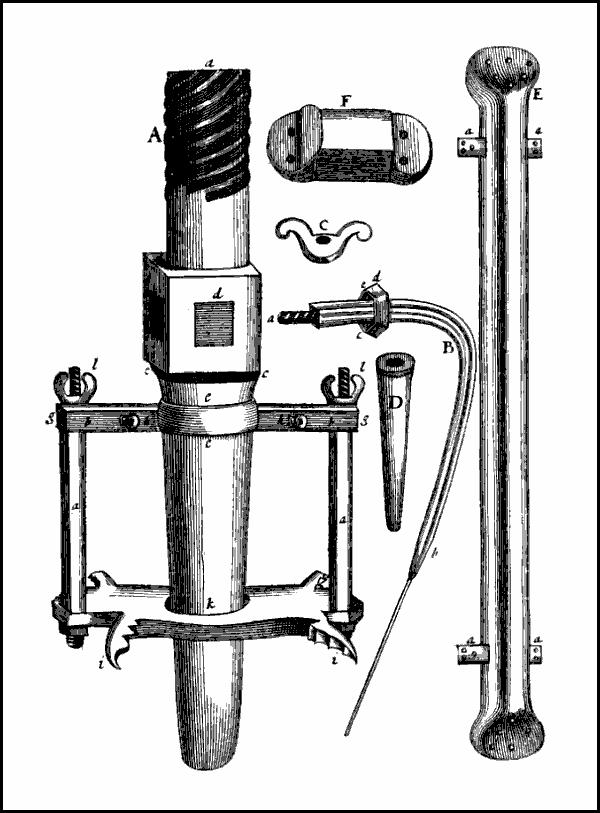Download and Read online, DOWNLOAD EBOOK, [PDF EBOOK EPUB ], Ebooks download, Read Ebook EPUB/KINDE, Download Book Format PDF
Let's Code It! 2022-2023 Code Edition Shelley Safian - eBook PDF OR CLICK LINK
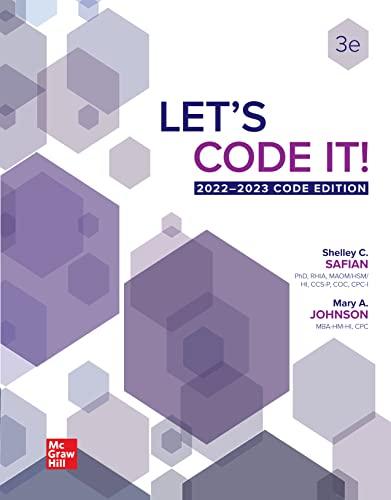

https://ebooksecure.com/download/lets-codeit-2022-2023-code-edition-ebook-pdf/
Download More ebooks [PDF]. Format PDF ebook download PDF KINDLE. Full download test bank at ebooksecure.com
More products digital (pdf, epub, mobi) instant download maybe you interests ...
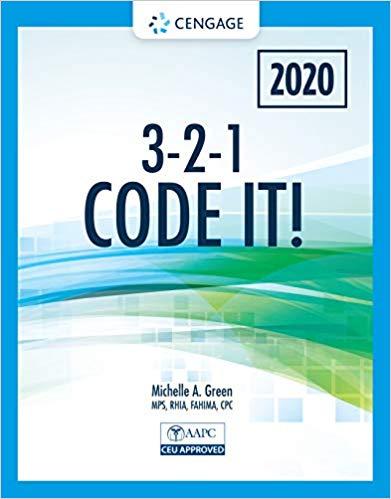
(eBook PDF) 3-2-1 Code It!, 2020 8th Edition
http://ebooksecure.com/product/ebook-pdf-3-2-1-code-it-2020-8thedition/
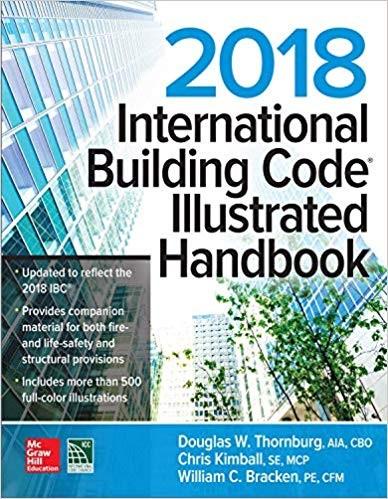
(eBook PDF) 2018 International Building Code Illustrated Handbook by International Code
http://ebooksecure.com/product/ebook-pdf-2018-internationalbuilding-code-illustrated-handbook-by-international-code/
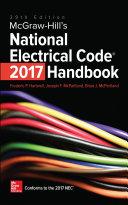
McGraw-Hill's National Electrical Code (NEC) 2017 Handbook, 29th Edition (Mcgraw Hill's National Electrical Code Handbook) Hartwell - eBook PDF
https://ebooksecure.com/download/mcgraw-hills-nationalelectrical-code-nec-2017-handbook-29th-edition-mcgraw-hillsnational-electrical-code-handbook-ebook-pdf/
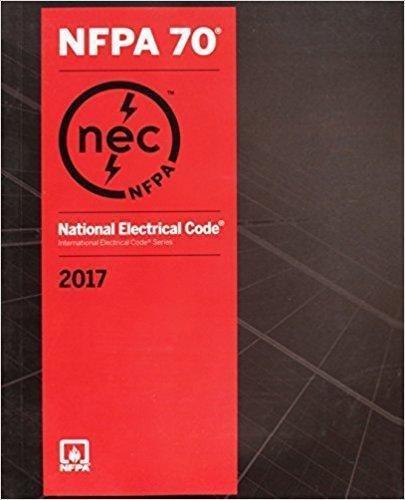
National Electrical Code 2017 1st Edition (eBook PDF)
http://ebooksecure.com/product/national-electrical-code-2017-1stedition-ebook-pdf/
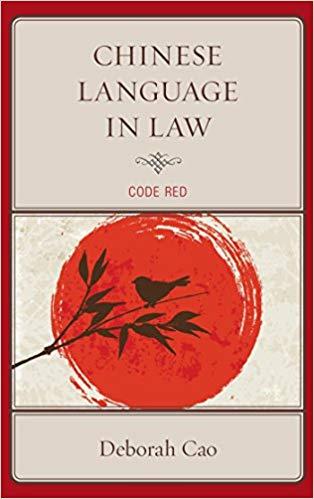
(eBook PDF) Chinese Language in Law: Code Red
http://ebooksecure.com/product/ebook-pdf-chinese-language-in-lawcode-red/
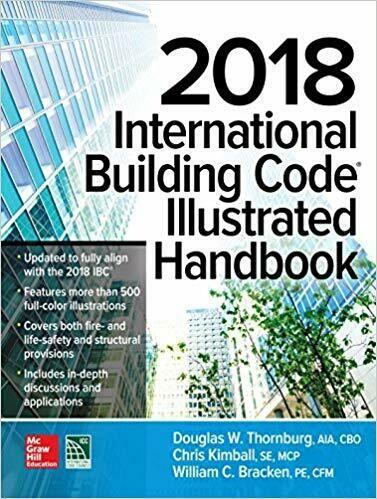
2018 International Building Code Illustrated Handbook 1st Edition (eBook PDF)
http://ebooksecure.com/product/2018-international-building-codeillustrated-handbook-1st-edition-ebook-pdf/

Significant Changes to the International Residential Code 2nd Edition - eBook PDF
https://ebooksecure.com/download/significant-changes-to-theinternational-residential-code-ebook-pdf/

Computing Essentials 2023: Making IT Work for YoueBook PDF
https://ebooksecure.com/download/computingessentials-2023-making-it-work-for-you-ebook-pdf/
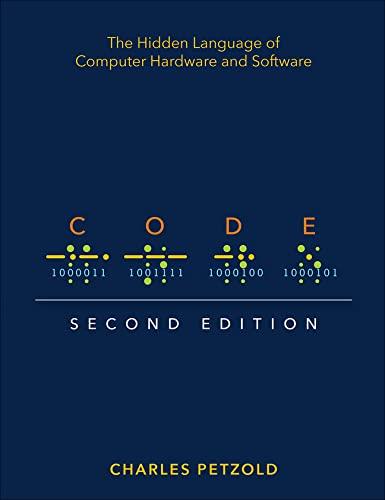
Code: The Hidden Language of Computer Hardware and Software - eBook PDF
https://ebooksecure.com/download/code-the-hidden-language-ofcomputer-hardware-and-software-ebook-pdf/
Another random document with no related content on Scribd:
n The Toe of the Spindle.
o o o o The Plattin tyed on the Hooks of the Hose.
p The Bar.
q The Handle of the Bar.
r r The Hind-Posts.
s s The Hind-Rails.
t t The Wedges of the Till.
u u The Mortesses of the Cheeks, in which the Tennants of the Head plays.
x x x x y y The Carriage
x x x x The outer Frame of the Carriage.
y y The Wooden-Ribs on which the Iron-Ribs are fastned.
z The Stay of the Carriage, or the Stay.
1. The Coffin.
2. The Gutter.
3. The Planck.
4. The Gallows.
5. The Tinpans.
6. The Frisket.
7. The Points.
8. The Point-Screws.
All these several Members, by their Matter, Form and Position, do particularly contribute such an assistance to the whole Machine, that it becomes an Engine managable and proper for its intended purpose.
But because the smallness of this altogether-Draft may obscure the plain appearance of many of these Parts; Therefore I shall give you a more particular description, and large delineation of every Member in the Press: And first of the Wooden-work: Where, Note, that all the Fram’d Wooden-work of a Press is made of Good, Fine, Clean, Wellseason’d Oak.
¶. 1. Of the Feet.
The Feet (marked a a in Plate 5.) are two Foot nine Inches and an half long, five Inches deep; and six Inches broad, and have their outsides Tryed to a true square, as was taught, Numb. 5. §. 15. It hath (for ornament sake) its two ends bevil’d away in a Molding, from its upper-side to its lower, about four Inches within the ends; about four Inches and three quarters within each end of each Foot is made in the middle of the Breadth of the upper-side of the Foot a Mortess two Inches wide, to receive the Tennants of the lower end of the Cheek, and the Tennant of the lower end of the Hind-Post: The Mortess for the Cheek is eight Inches long, viz. the Breadth of the Cheek: And the Mortess for the Hind-Post is four Inches long, viz. the square of the Hind-Post.
¶. 2. Of the Cheeks.
The Cheeks (marked b b in Plate 5.) are five Foot and ten Inches long (besides the Tennants of the top and bottom) eight Inches broad, and four Inches and an half thick. All its Sides are tryed square to one another. It hath a Tennant at either end, its lower Tennant marked a to enter the Fore-end of the Foot, runs through the middle of the Breadth of the Cheek, which therefore is made to fit the Mortess in the Foot, and is about four Inches long, and therefore reaches within an Inch of the bottom of the Foot; But the Tennant at the upper end of the Cheek marked a, is cut athwart the breadth of the Cheek, and therefore can have but four Inches and an half of Breadth, and its thickness is two Inches, Its length is four Inches; so that it reaches into the Mortess in the Cap, within half an Inch of the Top.
In the lower end-Tennant is two holes bored, within an Inch and an half of either side, and within an Inch and an half of the Sholder, with a three quarter Inch Augure, to be pin’d into the Feet with an Iron Pin.
In the middle of the upper Tennant, and within an Inch and an half of the Sholder, is bored another hole, to Pin the Tennant into the Cap,
also with an Iron Pin.
Between b c two Foot and half an Inch, and three Foot seven Inches of the Bottom-Sholder of the Tennant, viz. from the top of the Winter to the under Sholder the Till rests upon, is cut flat away into the thickness of the Cheek, three Inches in the Inside of the Cheek; so that in that place the Cheek remains but an Inch and an half thick: And the Cheeks are thus widened in this place, as well because the Duftail Tennants of the Winter may go in between them, as also that the Carriage and Coffin may be made the wider.
Even with the lower Sholder of this flat cutting-in, is made a Duftail Mortess as at d, to reach eight Inches and an half, viz. the depth of the Winter below the said Sholder. This Mortess is three Inches wide on the inside the Cheek, and three Inches deep; But towards the inside the Cheek, the Mortess widens in a straight line from the said three Inches to five Inches, and so becomes a Duftail Mortess. Into this Duftail Mortess is fitted a Duftail Tennant, made at each end of the Winter.
Two Inches above the aforesaid Cutting-in, is another cutting-in of the same depth, from the Inside the Cheek as at e. This cutting-in is but one Inch broad at the farther side the Cheek, and an Inch and a quarter on the hither-side the Cheek The under-side of this Cuttingin, is straight through the Cheek, viz. Square to the sides of the Cheek: But the upper-side of this Cutting-in, is not square through the Cheeks, But (as aforesaid) is one quarter of an Inch higher on the fore-side the Cheek than it is on the further side; So that a Wedge of an Inch at one end, and an Inch and a quarter at the other end may fill this Cutting-in.
At an Inch within either side the Cheek, and an Inch below this Cutting-in, as at f f, is made a small Mortess an Inch and an half wide, to which two Tennants must be fitted at the ends of the Till, so that the Tennants of the Till being slid in through the Cutting-in aforesaid, may fall into these Mortesses, and a Wedge being made fit to the Cutting-in, may press upon the Tennants of the Till, and force it down to keep it steddy in its place.
Here we see remains a square Sholder or substance of Wood between two Cuttings-in; But the under corner of this square Sholder is for Ornament sake Bevil’d away and wrought into an Ogee.
At two Inches above the last Cutting-in, is another Cutting-in, but this Cutting-in goes not quite through the breadth of the Cheek, but stops at an Inch and an half within the further side the Cheek; So that above the Till and its Wedge is another Sholder or substance of Wood, whose upper Corner is also Bevil’d away, and wrought to a Molding as the former.
The last Cutting-in is marked g, and is eight Inches and a quarter above the Sholder of the Till, that it may easily contain the depth of the Head; The substance remaining is marked h. This Cutting-in is made as deep into the thickness of the Cheek as the former Cuttings-in are, viz. three Inches; and the reason the Cheek is cut in here, is, that the Cheeks may be wide enough in this place to receive the Head, and its Tennants, without un-doing the Cap and Winter.
Just above this Cutting-in is made a square Mortess in the middle of the Cheek, as at i, it is eight Inches long, and two Inches and an half wide, for the Tennant of the Head to play in.
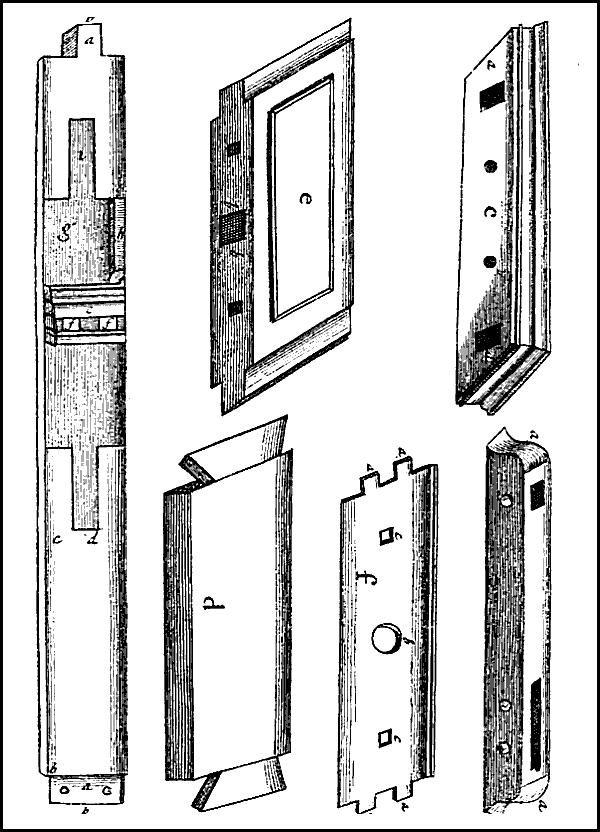
Upon the fore-side of the Cheek is (for Ornament sake) laid a Molding through the whole length of the Cheek (a square at the Top and Bottom an Inch deep excepted) it is laid on the outer side, and therefore can be but an Inch broad; Because the Cuttings-in on the inside leaves the substance of Stuff but an Inch and an half thick, and should the Moldings be made broader, it would be interrupted in the several Cuttings in, or else a square of a quarter of an Inch on either side the Molding could not be allowed, which would be ungraceful.
¶. 3. Of the Cap marked c in Plate 5.
The Cap is three Foot and one Inch long, four Inches and an half deep, and nine Inches and an half broad; But its fore-side is cut away underneath to eight Inches, Viz. the breadth of the Cheeks. Three quarters of an Inch above the bottom of the Cap, is a small Facia, which stands even with the thickness of the Cheeks; Half an Inch above that a Bead-Molding, projecting half an Inch over the Facia. Two Inches above that a broad Facia, also even with the thickness of the Cheeks; and an Inch and a quarter above that is the upper Molding made projecting an Inch and an half over the two Facia’s aforesaid, and the thickness of the Cheeks.
Each end of the Cap projects three Inches quarter and half quarter over the Cheeks, partly for Ornament, but more especially that substance may be left on either end beyond the Mortesses in the Cap; and these two ends have the same Molding laid on them that the fore-side of the Cap hath.
Within two Inches and half quarter of either end, on the under-side the Cap is made a square Mortess two Inches wide, and four Inches and an half long, viz. the thickness of the Cheek inwards, as at a a, to receive the Top Tennants of the Cheeks; which Top Tennants are with an Iron Pin (made tapering of about three quarters of an Inch thick) pin’d into the Mortess of the Cap, to keep the Cheeks steddy in their position.
¶. 4. Of the Winter marked d in Plate 5.
The Length of the Winter besides the Tennants, is one Foot nine Inches and one quarter of an Inch; The Breadth of the Winter eight Inches, viz. the Breadth of the Cheek, and its depth nine Inches; all its sides are tryed square; But its two ends hath each a DuftailTennant made through the whole depth of the Winter, to fit and fall into the Duftail Mortesses made in the Cheeks: These DuftailTennants are intended to do the Office of a Summer, Because the spreading of the ends of these two Tennants into the spreading of the Mortesses in the Cheeks, keeps the two Cheeks in a due distance, and hinders them from flying assunder.
But yet I think it very convenient to have a Summer also, the more firmly and surer to keep the Cheeks together; This Summer is only a Rail Tennanted, and let into Mortesses made in the inside of the Cheeks, and Screwed to them as the Rails described, Numb. 15. §. 4. are Screwed into the Stiles of the Case-Frame; Its depth four Inches and an half, and its breadth eight Inches, viz. the breadth of the Cheeks.
¶. 5. Of the Head marked e in Plate 5.
The length of the Head besides the Tennant at either end, is one Foot nine Inches and one quarter of an Inch; The breadth eight Inches and an half, and its depth eight Inches. The Top, Bottom and Hind-sides are tryed Square, but the fore-side projects half an Inch over the Range of the fore-sides of the Cheeks; in which Projecture is cut a Table with a hollow Molding about it, two Inches distant from all the sides of the fore-side of the Head: Its Tennants are three Inches Broad, and are cut down at either end, from the top to the bottom of the Head, and made fit to the Mortesses in the Cheeks, that they may slide tight, and yet play in them.
In the under-side of the Head is cut a square Hole, (as at a,) about four Inches square, and three Inches and an half deep, into which the Brass-Nut is to be fitted: And to keep this Nut in its place (lest the weight of it should make it fall out) is made on either side the square hole, at about half an Inch distance from it, (as at b b) a square Hole quite through the Top and Bottom of the Head about three quarters of an Inch wide; and into this square Hole is fitted a square piece of Iron to reach quite through the Head, having at its under-end a Hook turned square to claspe upon the under-side of the Nut; and on its upper end a Male-Screw reaching about an Inch above the upperside of the Head, which by the help of a Female-screw made in an Iron Nut, with Ears to it to turn it about draws the Clasp at the bottom of the Iron Shank close against the Nut, and so keeps it from falling out.
In the middle of the wide square Hole that the Nut is let into, is bored a round Hole through the top of the Head, of about three quarters of an Inch wide, for the Press-man to pour Oyl in at so oft as the Nut and Spindle shall want Oyling.
At three Inches from either end of the Head (as at c c) is bored a Hole quite through the top and bottom of the Head, which holes have their under ends squar’d about two Inches upwards, and these squares are made so wide as to receive a square Bar of Iron three quarters of an Inch square; But the other part of these Holes remain round: Into these Holes two Irons are fitted called the Screws.
The Shanks of these Screws are made so long as to reach through the Head and through the Cap: At the upper end of these Shanks is made Male-screws, and to these Male-screws, Iron Female-screws are fitted with two Ears to twist them the easier about.
So much of these Iron-Shanks as are to lye in the square Hole of the Head aforesaid, are also squared to fit those square Holes, that when they are fitted and put into the Holes in the Head; they may not twist about.
To the lower ends of these Iron-Shanks are made two Square, Flat Heads, which are let into and buried in the under-side of the Head; And upon the Sholders of those two Flat Heads, rests the weight of
the Head of the Press; And by the Screws at the upper end of the Shanks are hung upon the upper-side of the Cap, and Screwed up or let down as occasion requires.
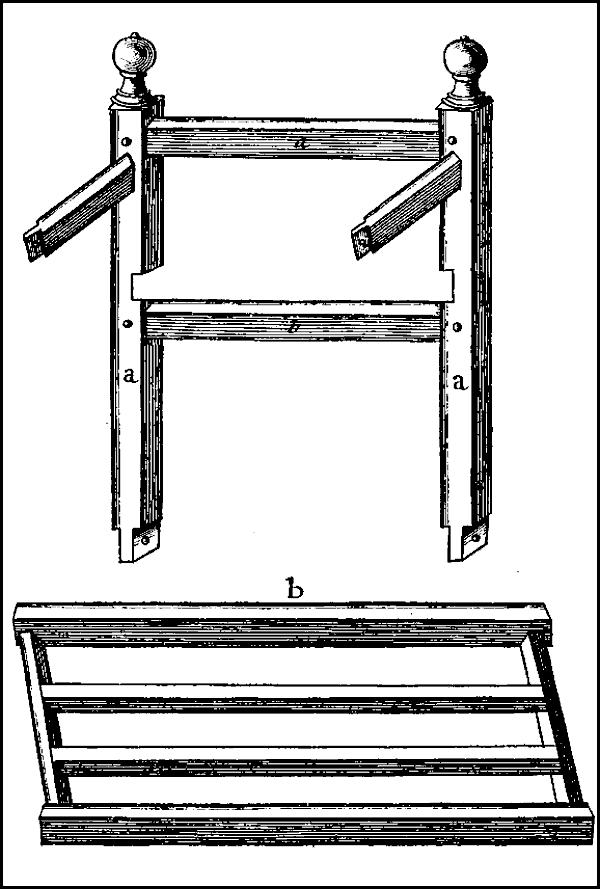
P���� 6.
¶. 6. Of the Till, marked f in Plate 5.
The Till is a Board about one Inch thick, and is as the Head and Winter, one Foot nine Inches and a quarter long, besides the Tennants at either end; Its Breadth is the Breadth of the Cheeks, viz. eight Inches; It hath two Tennants at either end as at a a a a, each of them about an Inch and an half long, and an Inch and an half broad, and are made at an Inch distance from the fore and Back-side, so that a space of two Inches is contained in the middle of the ends between the two Tennants; these Tennants are to be laid in the Mortesses in the Cheeks delineated at f f in Plate 5. and described in this §. 10. ¶. 2.
In its middle it hath a round Hole about two Inches and an half wide, as at b, for the Shank of the Spindle to pass through.
At seven Inches and a quarter from either end, and in the middle between the fore and Back-side, is made two square Holes through the Till, as at c c, for the Iron Hose to pass through.
¶. 7. Of the Hind-Posts marked a a in Plate 6.
At one Foot distance from the Hind-sides of the Cheeks are placed upright two Hind-Posts, they are three Foot and four Inches long besides the Tennants, which Tennants are to be placed in the Mortesses in the hinder-ends of the Feet; Their thickness is four Inches on every side, and every side is tryed square; But within eight Inches of the top is turned a round Ball with a Button on it, and a Neck under it, and under that Neck a straight Plinth or Base: This turn’d work on the top is only for Ornament sake.
There are six Rails fitted into these Hind-Posts, two behind marked a b, one of them standing with its upper-side at two Inches below the turned Work, the other having its upper-side lying level with the upper-side of the Winter.
These two Rails are each of them Tennanted at either end, and are made so long, that the outsides of the Hind-Posts may stand Range or even with the outer-sides of the Cheeks; These Tennants at either end are let into Mortesses made in the insides of the Hind-Posts, and Pin’d up with half Inch wooden Pins, Glewed in, as was shewn Vol. 1. Numb. 5. §. 17. Because the two Hind-Posts need not be separated for any alteration of the Press.
The two Side-Rails on either side the Press are Tennanted at each end, and let into Mortesses made in the Cheeks and Hind-Posts, so as they may stand Range with the outer-sides of the Cheeks and Hind-Posts; But the Tennants that enter the Mortesses in the Cheeks are not pin’d in with Wooden Pins, and Glewed, because they may be taken assunder if need be; But are Pin’d in with Iron Pins, made a little tapering towards the entring end, so as they may be driven back when occasion serves to alter the Press: And the Tennants that enter the Mortesses in the Hind-Posts are fastned in by a Female-screw, let in near the end of the Rail, which receives a Male-screw thrust through the Hind-Posts, even as I shew’d in
§. 4. the Fore and Back-Rails of the Case-Frames was.
¶. 8. Of the Ribs marked b in Plate 6.
The Ribs lye within a Frame of four Foot five Inches long, one Foot eleven Inches broad; its two End-Rails one Inch and an half thick, its Side-Rails two Inches and an half thick; and the breadth of the Side and End-Rails two Inches and an half. But the Side-Rails are cut away in the inside an Inch and an half towards the outer-sides of the
Rails, and an Inch deep towards the Bottom sides of the Rails, so that a square Cheek on either Side-Rail remains. This cutting down of the Outer-Rails of the Frame is made, because the Planck of the Carriage being but one Foot eight Inches and an half broad, may easily slide, and yet be gaged between these Cheeks of the Rail, that the Cramp-Irons Nailed under the Carriage Planck joggle not on either side off the Ribs, as shall more fully be shewn in the next §.
Between the two Side-Rails are framed into the two End-Rails the two Wooden-Ribs two Inches and an half broad, and an Inch and an half thick; they are placed each at an equal distance from each SideRail, and also at the same distance between themselves. Upon these two Ribs are fast Nailed down the Iron-Ribs, of which more shall be said when I come to speak of the Iron-work.
¶. 9. Of the Carriage, Coffin and its Planck, marked a in Plate 7.
The Planck of the Carriage is an Elm-Planck an Inch and an half thick, four Foot long, and one Foot eight Inches and three quarters broad; upon this Planck at its fore-end is firmly Nailed down a square Frame two Foot four Inches long, one Foot ten Inches broad, and the thickness of its Sides two Inches and an half square; This Frame is called the Coffin, and in it the Stone is Bedded.
Upon each of the four Corners of this Coffin is let in and fastned down a square Iron Plate as at a a a a, with Return Sides about six Inches long each side, half a quarter of an Inch thick, and two Inches and a quarter broad; upon the upper outer-sides of each of these Plates is fastned down to them with two or three Rivets through each side, another strong Iron half an Inch deep, and whose outer Angles only are square, but the Inner-Angles are obtuse, as being sloped away from the Inner-Angle towards the farther end of each innerside, so as the Quoins may do the Office of a Wedge between each inner-side and the Chase.
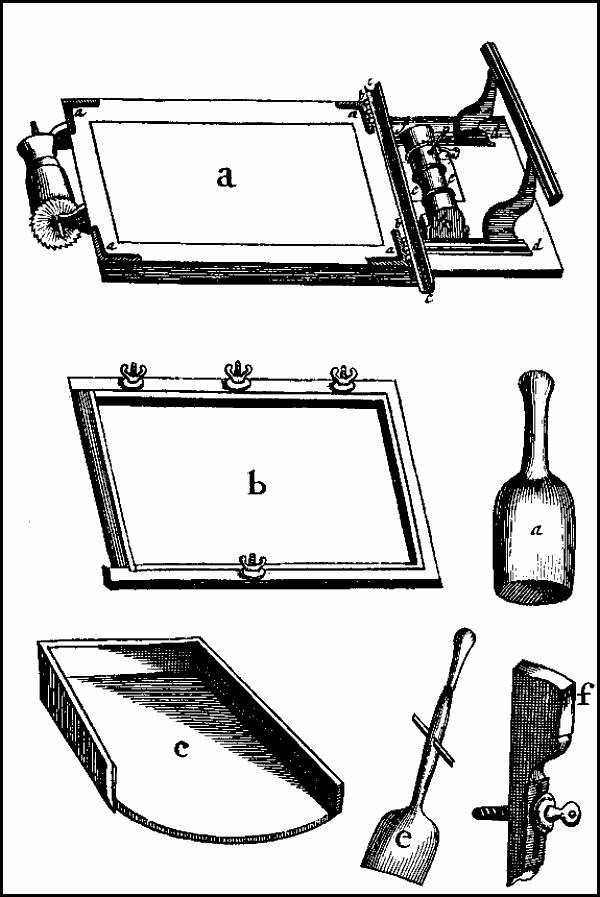
P���� 7.
The Plates of these Corners (as I said) are let in on the outer Angles of the upper-side of the Frame of the Coffin, so as the upper-sides of the Plates lye even with it, and are Nailed down, or indeed rather Rivetted down through the bottom and top-sides of the Frame of the Coffin, because then the upper-sides of the Holes in the Iron Plates being square Bored (that is, made wider on the upper-side of the Plate, as I shall shew when I come to the making of Mathematical Instruments) the ends of the Shanks of the Iron Pins may be so battered into the Square-boring, that the whole Superficies of the Plate when thus Rivetted shall be smooth, which else with the exturberancies of Nail-heads would hinder the free sliding of the Quoins.
At the hinder end of the Frame of the Coffin are fastned either with strong Nails, Rivets, or rather Screws, two Iron Half-Joynts, as at b b, which having an Iron Pin of almost half an Inch over put through them, and two Match-half-Joynts fastned on the Frame of the Tympan, these two Match-half-Joynts moving upon the Iron Pin aforesaid, as on an Axis, keeps the Tinpan so truly gaged, that it always falls down upon the Form in the place, and so keeps Register good, as shall further be shewed in proper place.
Behind the Coffin is Nailed on to its outside, a Quarter, as at c c this Quarter is about three Inches longer than the breadth of the Coffin, it hath all its sides two Inches over, and three of them square; but its upper-side is hollowed round to a Groove or Gutter an Inch and an half over. This Gutter is so Nailed on, that its hither end standing about an Inch higher than its further end, the Water that descends from the Tympan falling into it is carried away on the farther side the Coffin by the declivity of the farther end of the Gutter, and so keeps the Planck of the Carriage neat and cleanly, and preserves it from rotting.
Parallel to the outer-sides of the hind part of the Planck of the Carriage, at three Inches distance from either side, is Nailed down on the upper-side of the Planck two Female-Duftail Grooves, into
which is fitted (so as they may slide) two Male-Duftails made on the two Feet of the Gallows (as at d d) that the Tinpan rests upon; and by the sliding forward or backward of these Duftail Feet, the heighth of the Tinpan is raised or depressed according to the Reason or Fancy of the Press-man.
At three Inches from the hinder Rail of the Coffin, in the middle, between both sides of the Planck, is cut an Hole four Inches square (as at e e) and upon the hither and farther side of this Hole is fastned down on each side a Stud made of Wood (as at f f) and in the middle of these two Studs is made a round Hole about half an Inch over, to receive the two round ends of an Iron Pin; which Iron Pin, though its ends be round, is through the middle of the Shank square, and upon that square is fitted a round Wooden-Rowler or Barrel, with a Shoulder on either side it, to contain so much of the Girt as shall be rowled upon it; And to one end of the Rowler is fastned an Iron Circle or Wheel, having on its edge Teeth cut to stop against a Clicker, when the Rowler with an Iron Pin is turned about to strain the Girt.
¶. 10. Of the Tympan and Inner-Tympan, marked b in Plate 7.
The Tympan is a square Frame, three sides whereof are Wood, and the fourth Iron. Its width is one Foot eight Inches, its length two Foot two Inches; the breadth of the wooden Sides an Inch and an half, and the depth one Inch.
On its short Wooden-side, viz. its Hind-end, at the two Corners is Rivetted an Iron Match-Joynt, to be pinned on to another Half-joynt fastned on the Hind-Rail of the Coffin.
The other end, viz. the Fore-end of the Tympan is made of Iron, with a square Socket at either end for the Wooden ends of the Tympan to fit and fasten into. This Iron is somewhat thinner and narrower than an ordinary Window-Casement.
Upon the outer edge of this Iron, about an Inch and an half off the ends of it, is made two Iron Half-joynts to contain a Pin of about a quarter of an Inch over, which Pin entring this half-joynt, and a match
Half-joynt made upon the Frisket, serves for the Frisket to move truly upon.
In the middle of each long Rail of the Tympan, is made through the top and bottom an Hole half an Inch square, for the square Shanks of the Point-Screws to fit into.
The like Holes are also made in the Tympan, at one third part of its length from the Fore-end or Frisket-joynt, to place the Point Screws in; when a Twelves, Eighteens, &c. is wrought.
Into the Inner-side of this Tympan is fitted the Inner-Tympan, whose three sides are also made of Wood, and its fourth side of Iron, as the Tympan, but without joynts; it is made so much shorter than the Outer-Tympan, that the outer edge of the Iron of the Inner-Tympan may lye within the inner edge of the Iron on the Outer-Tympan; and it is made so much narrower than the inside of the Tympan, that a convenient room may be allowed to paste a Vellom between the inside of the Tympan, and the outside of the Inner-Tympan.
About the middle, through the hither-side of the Inner-Tympan, is let in and fastned an Iron Pin about a quarter of an Inch over, and stands out three quarters of an Inch upon the hither outside of the Inner-Tympan, which three quarters of an Inch Pin fits into a round hole made in the inner-side of the Tympan, to gage and fit the InnerTympan right into the Tympan; for then by the help of an Iron turning Clasp on the further side the Tympan, the Inner-Tympan is kept firmly down and in its position.
¶. 11. Of the Inck-Block, Slice, Brayer, and Catch of the Bar, marked c d e f in Plate 7.
To the Rail between the hither Cheek and Hind-Post is fastned the Inck-Block, which is a Beechen-board about thirteen Inches long, nine Inches broad, and commonly about two Inches thick, and hath the left-hand outer corner of it cut away; it is Railed in on its farther and hinder-sides, and a little above half the hither-side, with Wainscot-Board about three quarters of an Inch thick, and two
Inches and an half above the upper-side the board of the Inck-Block It is described in Plate 7. at c.
The Brayer marked a is made of Beech: It is turned round on the sides, and flat on the bottom, its length is about three Inches, and its diameter about two Inches and an half; it hath an Handle to it about four Inches long. Its Office is to rub and mingle the Inck on the InckBlock well together.
The Slice is a little thin Iron Shovel about three or four Inches broad, and five Inches long; it hath an Handle to it of about seven Inches long. Near the Shovel through the Handle is fitted a small Iron of about two Inches long standing Perpendicular to both the sides of the Handle, and is about the thickness of a small Curtain-Rod. It is described at e.
The Catch of the Bar described at f is a piece of Wood two Inches thick, four Inches broad, and ten Inches long; The top of it is a little Bevil’d or Slop’d off, that the Bar may by its Spring fly up the Bevil till it stick. This Bevil projects three Inches over its straight Shank, which reaches down to the bottom; in the middle of this Shank, through the fore and back-side, is a Mortess made from within an Inch of the Rounding to an Inch and an half of the bottom; This Mortess is three quarters of an Inch wide, and hath an Iron Pin with a Shoulder at one end fitted to it, so as it may slide from one end of the Mortess to the other. At the other end of the Iron Pin is made a Male-Screw which enters into a Female Iron Screw let into the further Cheek of the Press; so that the Catch may be Screwed close to the Cheek, as shall further be spoken to hereafter.
¶. 12. Of the Iron-work, and first of the Spindle marked A in Plate 8.
From the Top to the Toe of the Spindle, viz. from a to b is sixteen Inches and a half, the length of the Cilinder the Worms are cut upon is three Inches and a quarter, and the diameter of that Cilinder two Inches and a quarter; between the bottom of the Worms and top of
the Cube one Inch and an half; the Cube marked c c c c is two Inches and three quarters, the square Eye at d in the middle of the Cube is an Inch and a quarter through all the sides of the Cube; one Inch under the Cube at e is the Neck of the Spindle, whose diameter is two Inches, It is one Inch between the two shoulders, viz. the upper and under shoulders of the Neck at e e, so that the Cilinder of the Neck is one Inch long; the very bottom of the Spindle at b is called the Toe, it is made of an Hemispherical form, and about one Inch in diameter; This Toe should be made of Steel, and well Temper’d, that by long or careless usage, the point of pressure wear not towards one side of the Toe, but may remain in the Axis of the Spindle.
